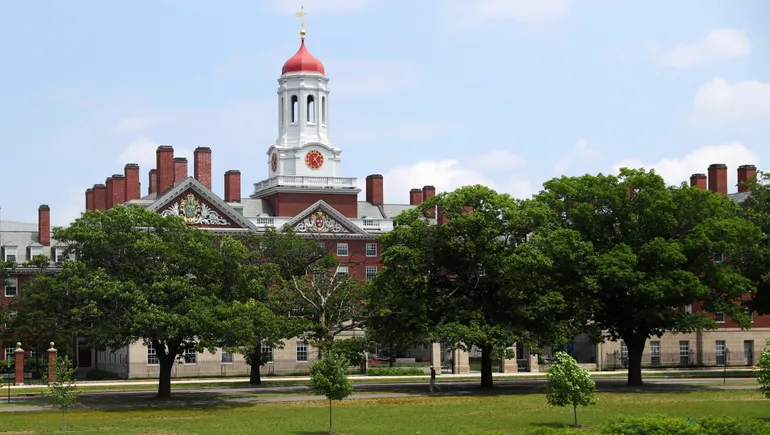High school students who combine dual enrollment courses with Advanced Placement or International Baccalaureate programs are significantly more likely to graduate from college and earn higher salaries in their early twenties than peers who pursue only one type of accelerated coursework, according to a new report from the Community College Research Center.
File photoThe study, which tracked Texas high school students expected to graduate in 2015-16 and 2016-17 for six years after high school, found that 71% of students who took both dual enrollment and AP/IB courses earned a postsecondary credential within six years—including 60% who completed a bachelor’s degree. By comparison, only 10% of students who took no accelerated coursework completed any postsecondary credential.
“Most dual enrollment students in Texas also take other accelerated courses, and those who do tend to have stronger college and earnings trajectories,” said Dr.Tatiana Velasco, CCRC senior research associate. “It’s a pattern we hadn’t fully appreciated before, which offers clues for how to expand the benefits of dual enrollment to more students.”
The financial benefits of combining accelerated programs extend well beyond graduation. Students who took both dual enrollment and AP/IB courses earned an average of $10,306 per quarter at age 24—more than $1,300 per quarter above students who took dual enrollment alone and nearly $1,400 per quarter more than those who took only AP/IB courses.
These advantages persisted even after researchers controlled for student demographics, test scores, and school characteristics, suggesting the combination of programs provides genuine educational value rather than simply reflecting differences in student backgrounds.
While the study revealed promising outcomes for students combining dual enrollment with career and technical education programs, participation in this pathway remains critically low. Fewer than 5% of students combine a CTE focus—defined as taking 10 or more CTE courses—with dual enrollment.
Yet those who do show remarkable success. By age 24, dual enrollment students with a CTE focus earned an average of $9,746 per quarter, substantially more than CTE-focused students who didn’t take dual enrollment ($8,097) and second only to the dual enrollment/AP-IB combination group.
The findings suggest a significant missed opportunity, particularly for students seeking technical career paths who could benefit from early college exposure while building specialized skills.
The report highlights concerning equity gaps in accelerated coursework access. Students who combine dual enrollment with AP/IB courses are less diverse than those taking AP/IB alone, raising questions about which students have opportunities to maximize the benefits of accelerated learning.
Early college high schools present a partial solution to this challenge. These specialized schools, where students can earn an associate degree while completing high school, serve more diverse student populations than other accelerated programs. Their graduates complete associate degrees at higher rates and earn more than Texas students overall by age 21. However, early college high schools serve only 5% of Texas students statewide.
With less than 40% of Texas students without accelerated coursework enrolling in any postsecondary institution, and only one in five Texas students taking dual enrollment, researchers see substantial room for expansion.
The report’s authors recommend that K-12 districts and colleges work to expand dual enrollment participation while ensuring these programs complement rather than compete with AP/IB offerings. They also call for increased access to dual enrollment for CTE students and additional support structures to promote student success in college-level coursework during high school.



























